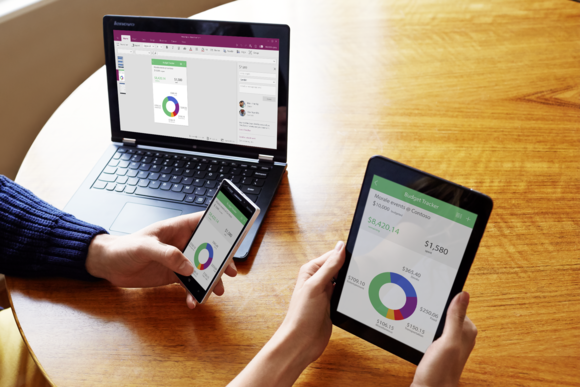Alongside the company’s Universal Windows Platform strategy, Microsoft is using technology derived from its Xbox gaming system to promote high-quality, consistent application experiences across devices.
Project Rome is set to work across Windows, Android, and iOS systems, and the plan employs Xbox SmartGlass capabilities for continuing experiences between phones, PCs, and the Xbox game console. Rome is about user engagement, said Shawn Henry, Microsoft program manager. Many people use multiple devices, sometimes starting an activity on one device and finishing it on another, he noted.
Project Rome uses an app URI handler API to access Web links and go directly to an application instead of a browser. Also featured are APIs to discover devices through local networks, Bluetooth networking, or the cloud, as well as APIs to build experiences and communicate across apps. The plan was detailed at Microsoft’s recent Build developer conference and was covered during a presentation on the UWP app model. UWP is Microsoft’s effort to get developers to build apps that span all varieties of devices and form factors via a single API and package.
“Certainly, in a lot of cases, mobile apps are better than the mobile Web,” Henry said. “And you’re all familiar with this experience where you get a link in an email or something like that and you hit it and you want to go to the app but instead you end up going to the browser. And this is not always the best experience for your user.”
With Project Rome, the app URI handler API allows apps to seamlessly launch when users access a link, instead of going through a browser. “The user always gets a good experience,” Henry said. He demonstrated an MSN news app using Project Rome, in which the app registered for a URI handler in its manifest and accessed a JSON file on the MSN website to indicate the site and app were linked.
A Windows RT API for Rome should be released in two weeks, followed by an Android and iOS SDK, said VIkas, Bhatia, Microsoft principal program manager. Microsoft wants to give developers the ability to provide experiences in which there is no drop-off when users move between applications on different devices, he said. “The problem that we’re really trying to solve is apps today are losing engagement,” he said. Bhatia explained he has a laptop and iPhone and Windows Phone devices, and he moves from device to device and from app to app. “Context switch should not mean that your app loses the context.”






